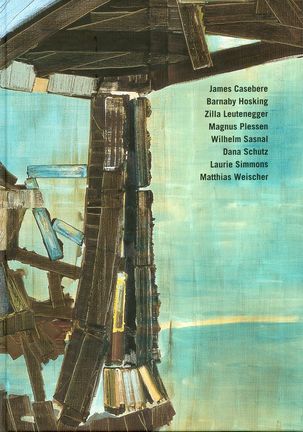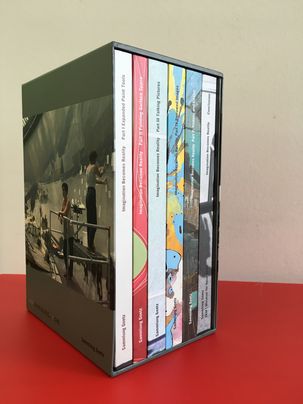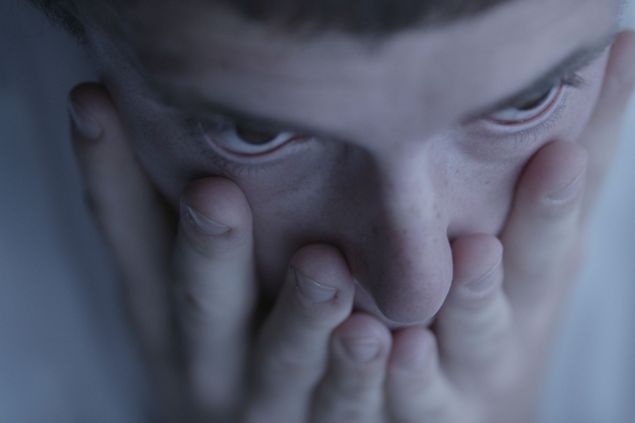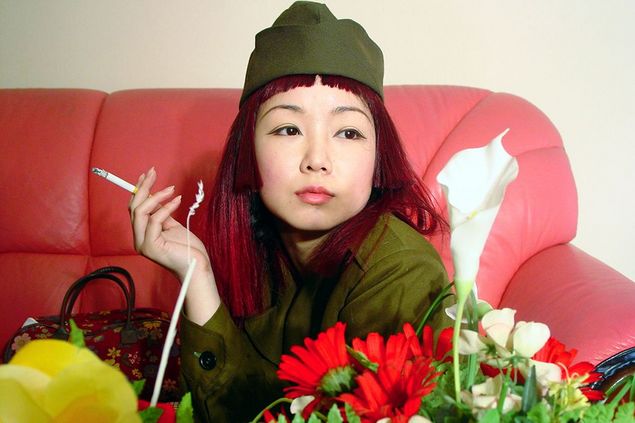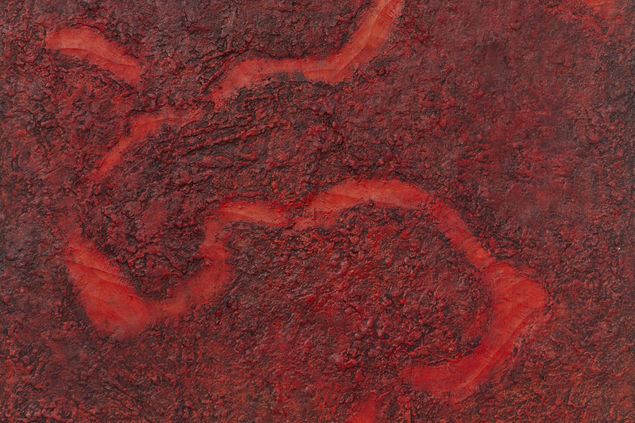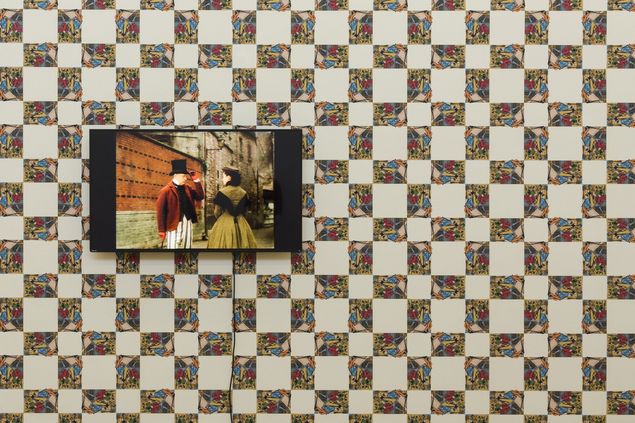Fantasy and Fiction, the last in the five-part exhibition series, showed works based primarily on real situations, facts or specific visual models. In works such as these, the creative process transposes the facticity of an occurrence into a distinct and autonomous visual world that is open to the imagination of the viewer. This, in turn, opens up reality to a fresh and unprejudiced view, resulting in new interpretations and perceptions. The visual world of art lets the image appear as that which it always is: a fiction, both in terms of an intellectual construct and in terms of a genetically determined structure we think we already know. Within the creative process of re-production, reality oscillates between fact and fiction. The world, as we perceive it, is to a large extent a product of our own imagination.
As in the first four chapters of the series, the works shown were not just paintings in the narrower sense, but also included photographs, drawings, objects and videos – works which, on the whole, reflect and adapt painting and, in turn, influence contemporary painting as a visual medium. For all the artists in question, the approach described by James Casebere in an interview holds true: “I have sometimes described my practice as ‘interdisciplinary‘ or ‘multimedia‘, but ultimately even these terms designate academic, institutional categories, and have nothing to do with the practice of making art.“

